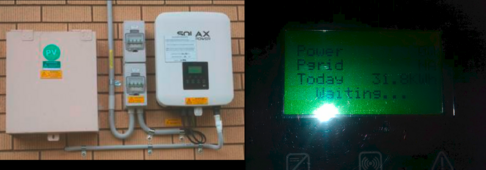ahreno
New Member
the grid here doesn't seem to go down much. other than when the fire came through. of course saying that, it will probably change.The old powerwall was battery only. Do no models include PV MPPT?
I don't think so, and you need PV inverter if you have PV.
Powerwall by itself acts as UPS for house (maybe requires external transfer switch). But long power outage will drain it. It should AC couple to Growatt or other PV inverter, let you keep running indefinitely.
However, if loads exceed PV, it can't keep up. Will need to disconnect heavy loads. Battery can't charge without AC, and your loads could overload and shut off AC. (my system has a load-shed relay. And some loads direct on grid, not on battery.)
NEM 3.0 will force you on a different rate schedule, so have to consider the pricing.
DIY GT PV hardware will make power for about $0.025/kWh (amortized over 20 years), fast payback compared to $0.40 ~ $0.60/kWh utility rates.
Exact orientation and tilt could be optimized for different purposes, summer vs. winter best production, etc.
Partly a SWAG, partly preference for how yo want it to behave. Everything is a guess or predition.
To the first order, I assume the area presented to sun based on geometry determines production.
Due East and due West would give more flat production during summer, much less in winter.
I oriented 100% of my panels toward 2PM summer sun, for NEM 1.0. I've since added panels due East because peak times now later in the day. A bush now shades one array so I want to orient South East, more power than shaded and charge batteries earlier.
It is nice to have something that works well when grid is down.
i have quite good sky exposure and space so i can face the panels however is best. its getting too confusing and complicated and i dont care too much if there isn't a super clear advantage of thousands of dollars difference.
The Powerwall+ is a step up from its predecessor, the Powerwall 2, and comes with an integrated solar inverter, which is a significant upgrade.







